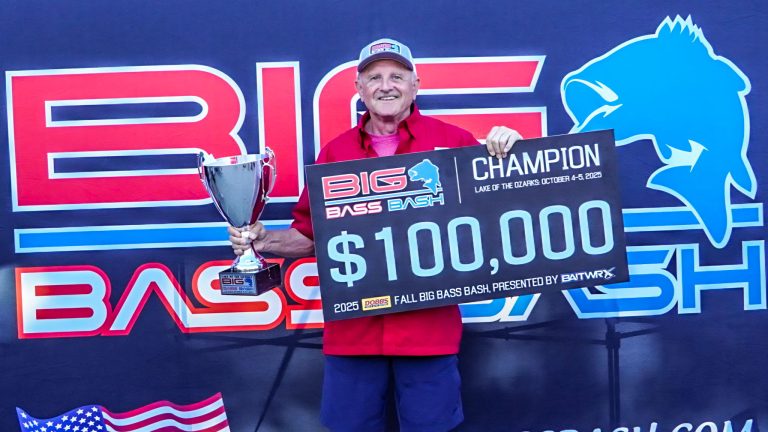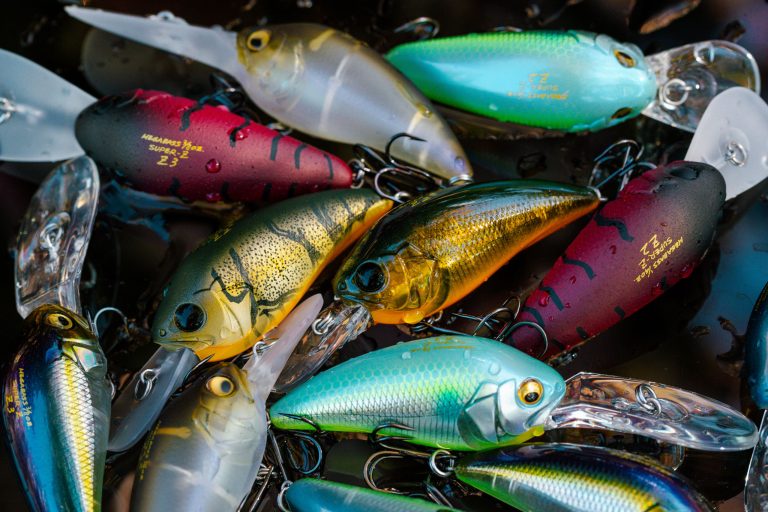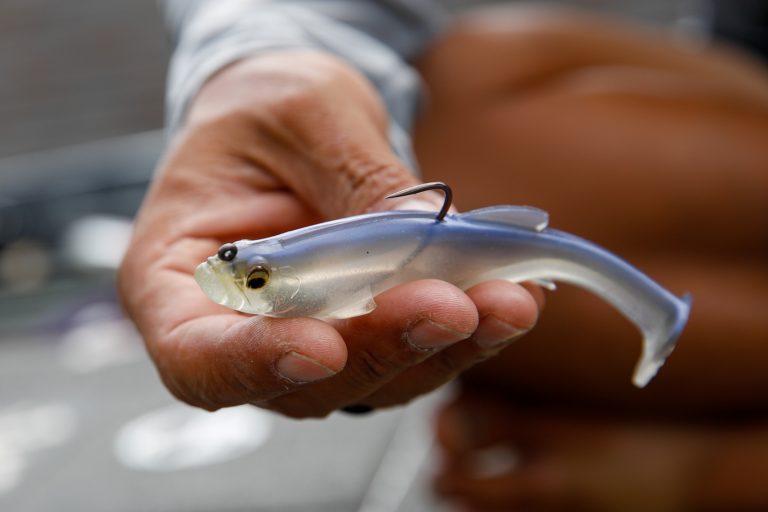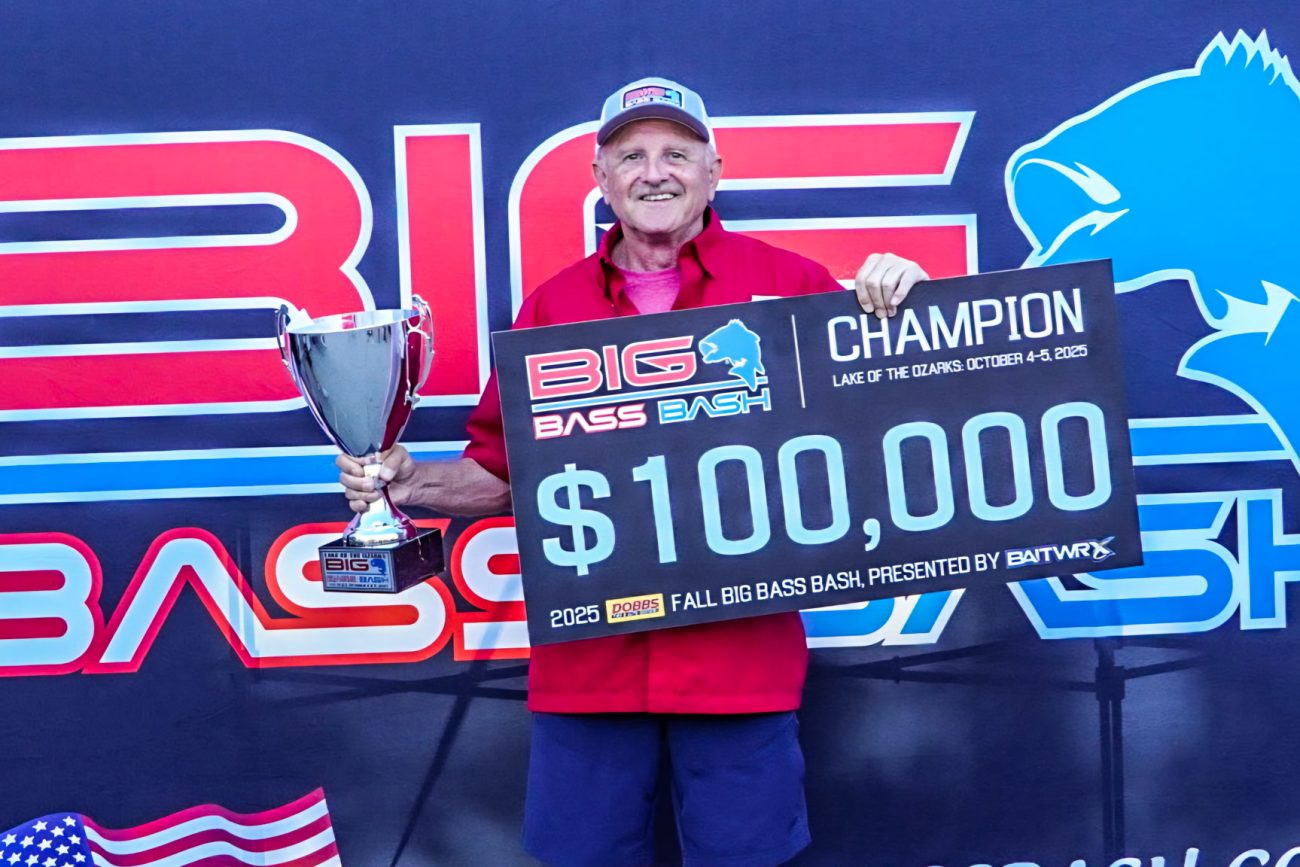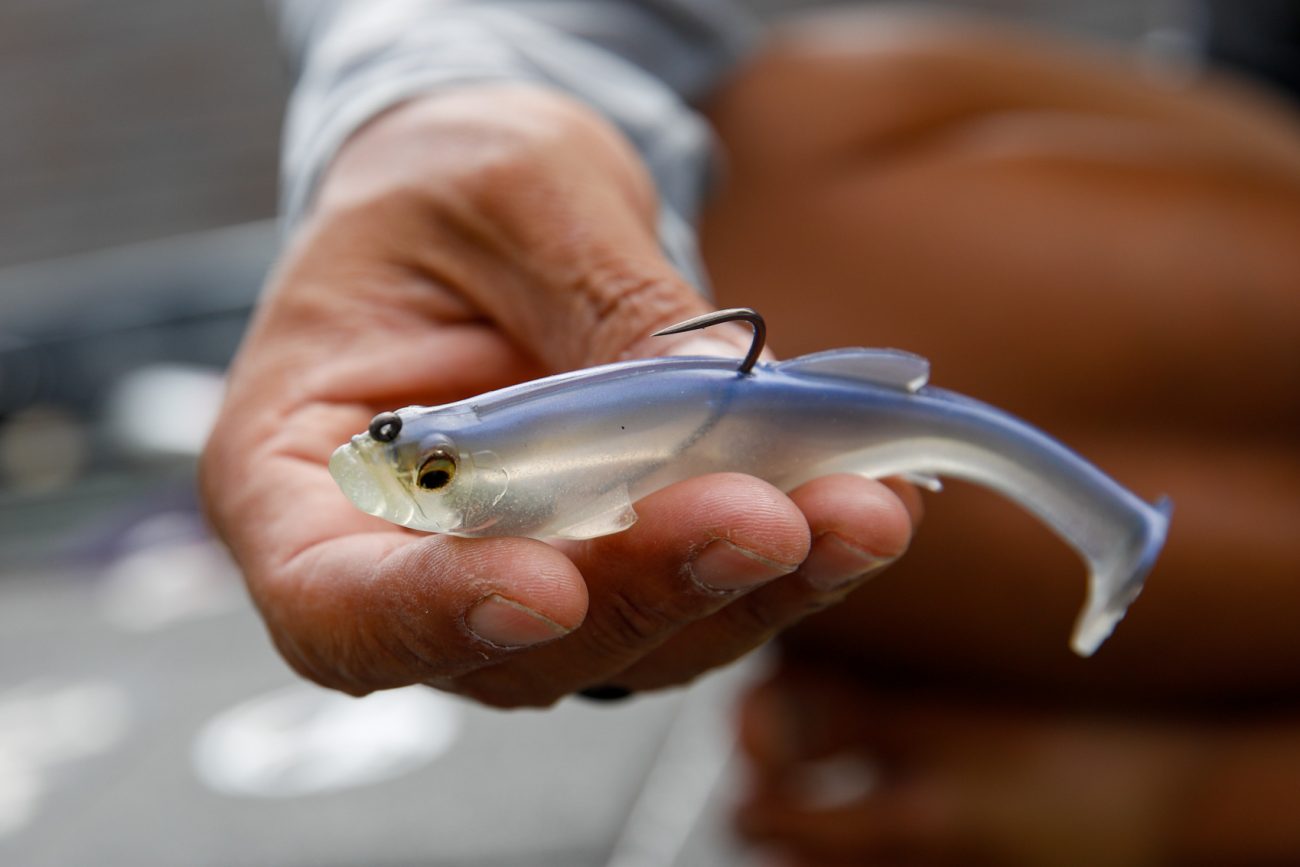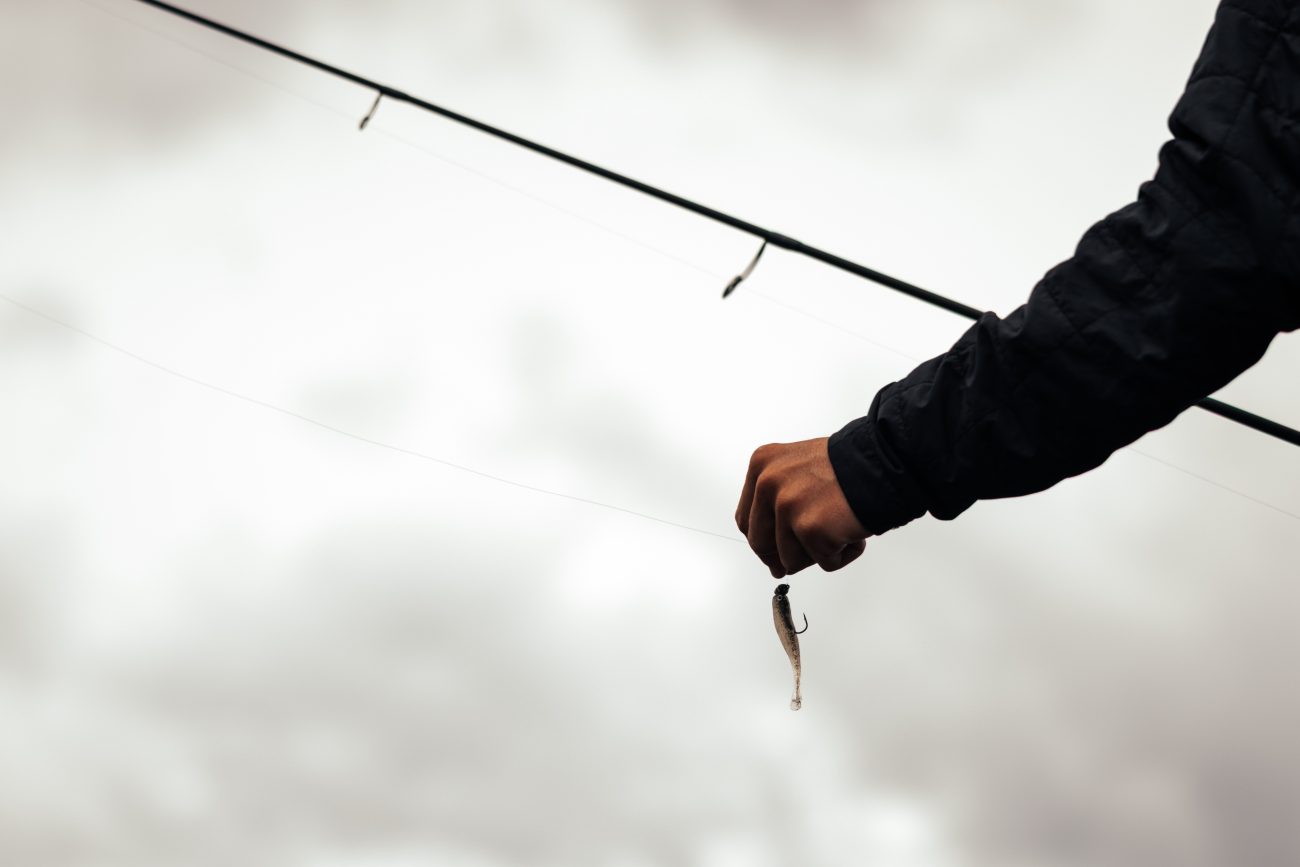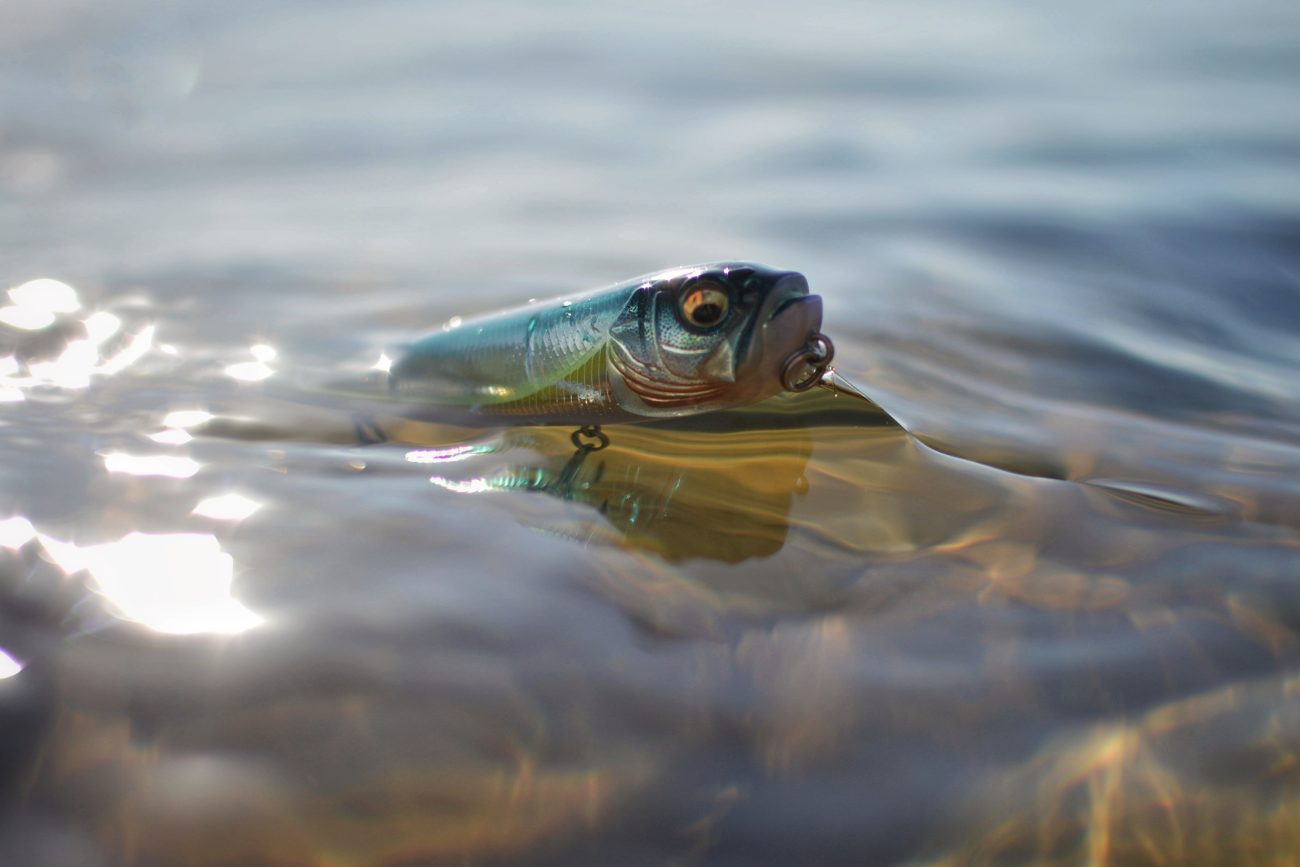When most anglers grab a new bait off the shelf or from a tackle shop pegboard, they’re relying on a few surface-level cues to gauge its effectiveness. Paint jobs, profile, maybe a built-in rattle — these are all things that catch an angler’s eye, not necessarily a bass’s. But the truth is, what really sells a lure to a fish is how it moves underwater. That’s the heart of lure action for bass fishing.
Whether it’s a tight-wobbling flat-side crankbait or a slow, lazy glide of a wake bait, the motion of a lure triggers multiple senses in bass — not just sight, but also feel, especially through their lateral line. Matching that movement to the conditions is a critical part of bass fishing lure selection.
Why Lure Action Matters More Than You Think
Veteran pro Randy Blaukat has spent decades dialing in the right bass fishing lure movement. He says there’s no universal rule, but water temperature, clarity, and bottom composition are his starting points. “Is it sand, rock, or mud?” he asks because each one changes how a lure performs — and how the fish perceive it.
Edwin Evers, 2016 Bassmaster Classic champion, adds a fourth key: forage. Watch a crawfish scurry across gravel or a baitfish dart through open water, and you’ll see vastly different motions. That’s what bass are tuned into. Evers notes how big gizzard shad have a heavier, more exaggerated movement than smaller threadfin shad — something bass pick up easily through their lateral line.
Matching Movement to Conditions
In early spring on Tennessee River reservoirs, Blaukat often starts with a bait that has a tighter wobble when water temps are in the upper 40s to low 50s, and visibility is limited. But if the sun comes out and warms shallow areas, that tighter action might suddenly be too subtle. A slightly wider wobble could be the ticket as fish become more active.
That fine-tuned adjustment is where effective lure techniques come in. If the water warms up just five degrees or the clarity changes even slightly, you might need to switch presentations. And the same goes for sound — silent baits may shine early when conditions are calm and cool, but adding a rattle later in the day can help when the wind kicks up or the sun starts to break through.
Feeding Frenzies and Subtle Strikes
During a shad spawn, bass can seem like they’re hitting anything that moves — but don’t be fooled. They might have a buffet of baitfish in front of them, which makes lure action even more critical. Your bait has to not only look like the real thing, but it has to move like it, too. As temperatures rise past 70 degrees, shad become more frantic, and that’s when a harder-thumping bait, fished quickly, can get more attention.
But don’t lock yourself into one mindset. On Lake Lanier in Georgia, for instance, blueback herring play a significant role in what lures will get bit — especially on the lower end. Head upriver, and you’re dealing with a broader mix of forage. In those cases, you need to open up your approach and match your bait’s motion to the local prey.
Lure Movement Isn’t Just for Power Fishing
Most folks think about bass fishing lure movement in terms of crankbaits, spinnerbaits, or jerkbaits — fast-moving baits that cover water. However, according to Evers, the motion might matter even more with soft plastics, especially when fishing vertically or in finesse situations.
He’s had big success up north in gin-clear water with the Megabass Hazedong Shad — a subtle swimbait with a tight tail kick. It’s not flashy, and that’s the point. “It’s not something I’d throw in off-colored water,” he says. In pressured fisheries where bass have seen it all, that little difference in tail action — even between two baits of the same size — can be the difference between getting bit or going home skunked.
Final Cast
Lure action for bass fishing isn’t just about choosing a bait that looks good to you. It’s about understanding what the fish are seeing, hearing, and feeling — and then dialing in your presentation to match. Whether you’re cranking down a riprap bank, slow-rolling a spinnerbait over submerged grass, or dragging a finesse swimbait along a deep point, how your lure moves will always be one of the biggest keys to getting bites.
Next time you’re out on the water, don’t just think about color or size — think about motion. Because when it comes to bass fishing, movement isn’t just part of the presentation — it is the presentation.

